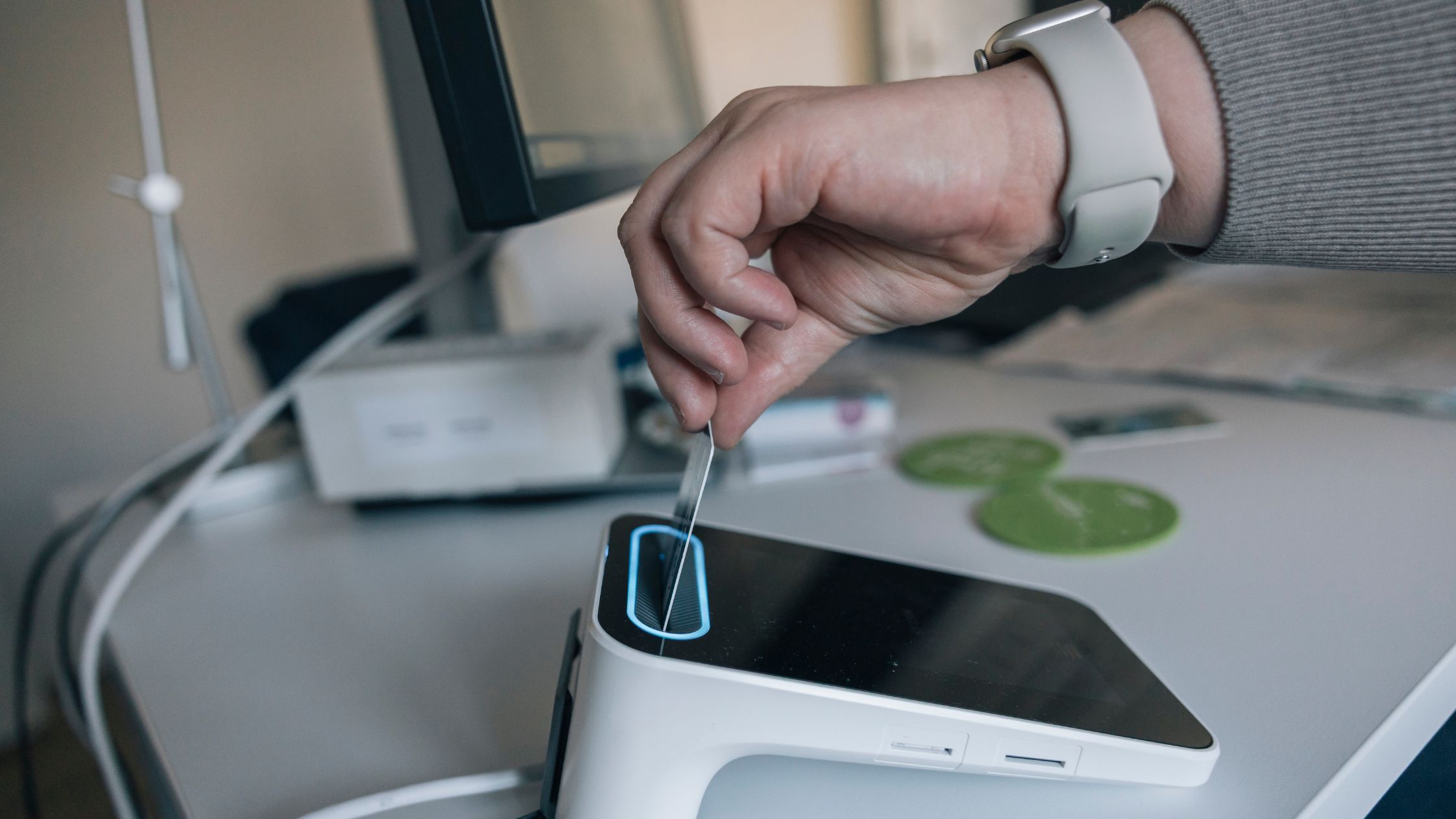Healthcare has always been a bit of a paradox. There are robots performing surgery and AI diagnosing diseases faster than seasoned physicians, yet somehow, other hospitals are still processing bills like it’s 1995. This disconnect is costing healthcare organizations serious money and credibility. So, how is modernized billing turning this around? Which solutions are making the change?
Digital Payment and Check-in Platforms
The most apparent change for healthcare organizations is the way patients pay. New payment platforms incorporate features, such as Apple Pay and Google Pay, right into the billing system. These mobile wallets are already on patients’ devices, so there is no learning curve.
Contactless payments are similarly simple. For those with ongoing treatment or payment schedules, ACH payments allow them to schedule automatic payments without risk of missing a deadline.
Mobile patient payments deserve special attention because they completely revolutionize when and how individuals can pay. A person can open a bill, examine it on their phone at lunchtime, and make a payment at once. No logging into a separate portal, no waiting until they’re home at their computer.
QR codes are another surprisingly effective tool. Include one on a paper bill, and patients can scan it to instantly access their payment options. It bridges the gap between traditional billing statements and digital convenience.
Digital check-ins represent another workflow innovation that pays dividends. Patients arrive for an appointment and use a tablet or their own phone to verify information, update insurance details, and even make copayments. The data flows directly into billing systems, eliminating data entry errors and capturing payment information upfront.
Low-Code/No-Code Tools
One of the biggest obstacles to modernization is the perception that it requires massive IT projects. Low-code/no-code tools have changed this equation entirely. These platforms let healthcare organizations build and modify workflows without writing traditional code.
If you need to adjust how payment plans are offered based on new payer rules, changes can be made in hours, not months. If the insurance rules changed again, you can update the system easily. The flexibility prevents that awful situation where you know what needs to change, but you’re stuck waiting on technical resources.
These tools are particularly valuable for addressing compliance requirements. When the Centers for Medicare & Medicaid Services updates regulations or the Hospital Price Transparency Rules evolve, organizations can adapt quickly. But since these are nuanced factors in healthcare, many can go wrong.
This is exactly why partnering with specialists in Patient Billing Support becomes crucial for healthcare organizations serious about transformation. They understand the regulatory landscape well enough to keep you out of compliance trouble while implementing solutions that improve business outcomes.
Automated Systems
Robotic Process Automation (RPA) doesn’t require healthcare organizations to rip out their existing systems and start over. Instead, it works on top of what’s already there, handling the repetitive tasks that eat up staff time.
Claims processing is a perfect example. RPA can automatically check claim statuses, follow up on pending claims, and even resubmit denied claims with corrected information. What used to require a staff member making calls and navigating different insurance portals now happens in the background.
Automated reminders replace the soul-crushing work of manual payment reminder calls. The system tracks which patients have outstanding balances and reaches out at optimal times through their preferred channels. If someone doesn’t respond, it follows up automatically without anyone having to track it manually.
AI-powered automation takes this further by learning from patterns. It figures out which types of reminders work best for different patient populations and adjusts accordingly. Collection rates improve not because the system is more aggressive, but because it’s smarter about timing and communication.
Security and Tokenization
Data breaches are expensive and destroy patient trust. Payment card tokenization addresses security concerns by replacing sensitive payment information with tokens that are useless to hackers. Even if someone breaches the system, they don’t get actual credit card numbers.
Payment tokenization works seamlessly with recurring bills, too. A patient sets up a payment plan, their information gets tokenized, and automatic payments are processed without anyone having to store vulnerable data. It’s secure for the organization and convenient for patients who don’t want to re-enter payment details every month.
Digital solutions also provide better audit trails than manual payment methods. Every transaction is logged, every change is tracked, and compliance reporting becomes straightforward rather than a scrambling exercise when auditors come calling. This transparency reduces compliance risk considerably.

Uniting The Tools into A System
None of these solutions works well in isolation. The real magic happens when payment infrastructure connects seamlessly with the rest of the healthcare payment ecosystem. Modern platforms use APIs to tie together electronic health record systems, insurance verification, payment processing, and accounts receivable management.
When systems integrate properly, information flows naturally. A procedure gets scheduled, insurance is verified automatically, cost estimates are generated based on the patient’s specific plan and deductible status, and payment options present themselves before the patient even arrives.
After the visit, claims are submitted automatically with all the correct medical billing codes, and any patient responsibility amount triggers flexible payment plans if needed.
This integration extends to handling the complexities of high-deductible health plans. The system knows how much a patient has already paid toward their deductible, calculates their responsibility accurately, and presents payment options appropriate to the amount owed. Small balances might get an immediate payment request; larger ones automatically offer installment options.
The Result
The financial results of modernized billing are significant and quantifiable. Cash flow is enhanced as payments come in sooner and more reliably. Patient satisfaction grows when billing is clear and easy, instead of confusing and annoying. Worker productivity skyrockets when they’re not drowning in paper-based processes. By doing so, healthcare organizations achieve the financial security they require to concentrate on delivering world-class care.



